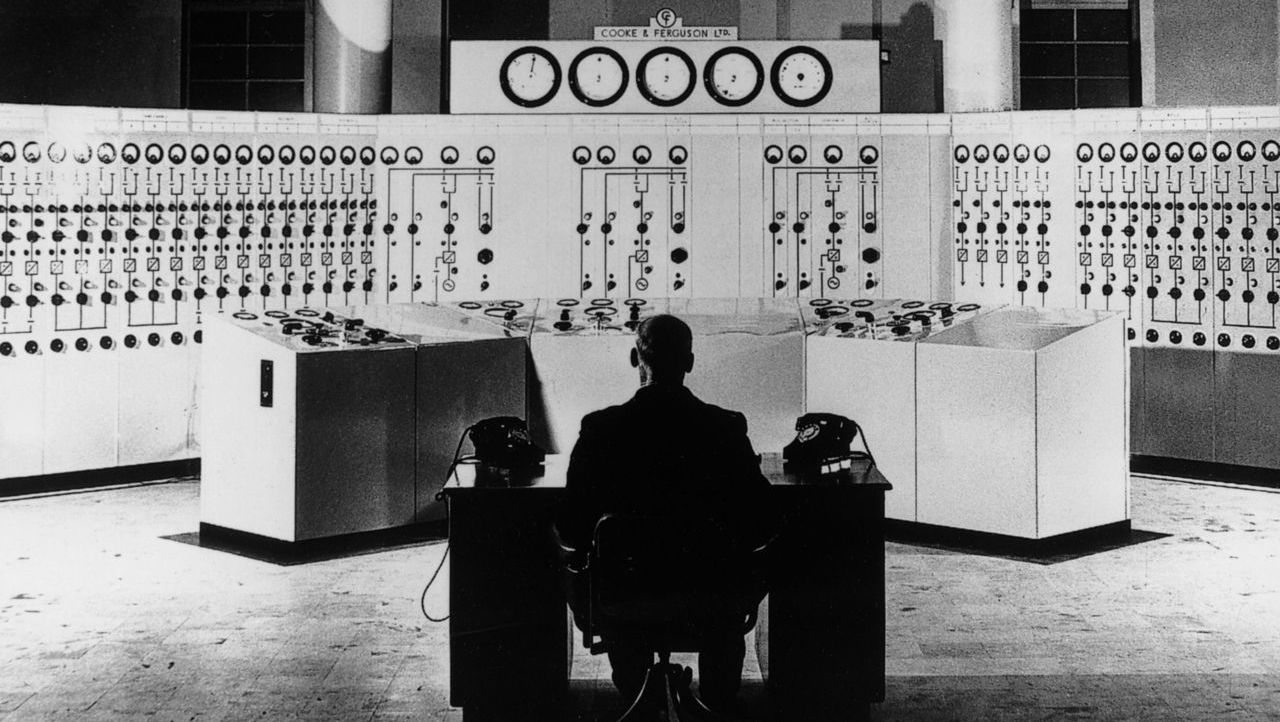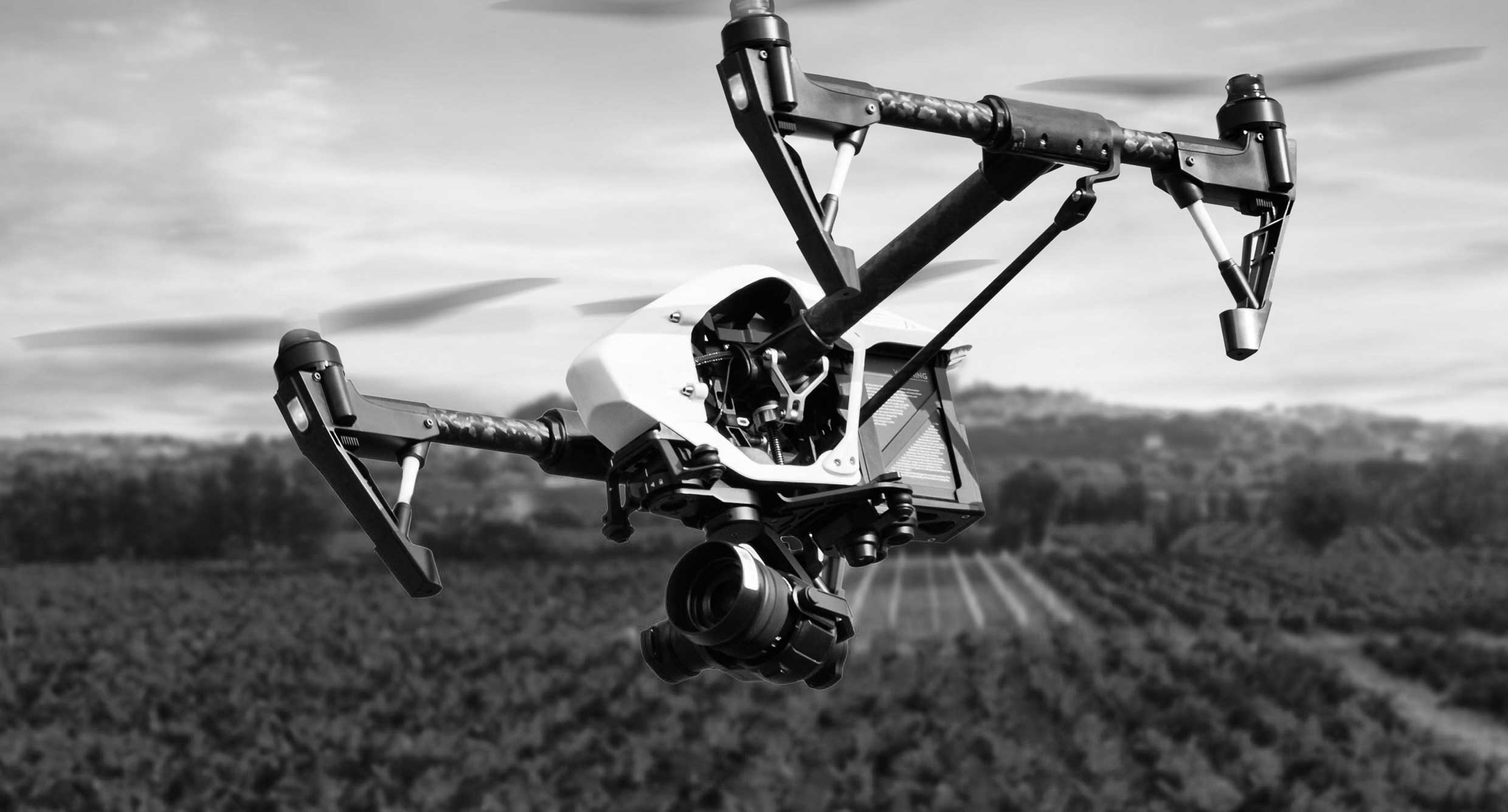There comes a time when every elderly person needs someone to help with chores and errands. While it’s nice to have family there, this isn’t always sustainable for their loved ones. And since it’s not economically feasible for everyone to hire a full-time caregiver, researchers are developing robot caregivers to fill this void.
The question is: How soon can they start?
The State of Robot Caregivers
The greatest fear I have for my grandparents is that they’ll fall, hurt themselves, with no one around to help. Now, I know devices such as Life Alert and other manual alert systems exist to call for help.
But, that doesn’t fix the problem, which is actually falling.
Dr. Toshiharu Mukai of Meijo University is leading a team to combat elderly falling with a robot caregiver named, Robear. Robear lifts people out of bed, helps them down the stairs, and helps them navigate their home. In short, Robear is a shoulder to lean on through areas that may be high-risk of falling.
The long-term vision of Robear is developing it into an all-around caregiver that can help around the house.
To achieve this vision, one’s home would be equipped with multiple sensors. These sensors may notice my grandma is cooking dinner and send the robot to help her get the flour off the top shelf.
Taking it one step further, after collecting data and learning her daily routine, algorithms could predict what she’ll need help with next, while also noticing if her routine has changed – maybe she’s eating or exercising less, watching too much TV, sleeping more, etc… Robear might then pleasantly tell her to go for a walk, read a book, or have a snack.
So, not only can the robot caregiver be counted on to do tasks around the house. But, they’ll also act as a “lifestyle coach” of sorts, to make sure the elderly maintain a healthy routine.
Although robot caregivers are making vast improvements, there’s still one area they fall far short in, compassion.
You got a friend in me
Twice a week, Ryan’s grandparents are visited by Sue, a lady who helps prep weekly meals, organize the house, and clean in tough spots. The help is nice. But, their favorite part is conversing with Sue. They love the company.
What I’ve noticed most in his grandparents is that they really just want someone to tell their story to. They want their life’s experiences to help others, whether it’s their children, grandchildren, or any willing ear.
For robot caregivers to be a huge hit, they need to learn the compassion to care; they need to learn how to converse.
In Japan, where 26% of the population is over 65 years old and more accepting of technological advancements, people show joy in being accompanied by a robot companion.
But, most of the world’s elderly will look at the current conversational abilities of robots and want no part in the matter.
Although new chatbots like Replika are learning how to have a personality and ask the right questions to get people to open up. It’s still a one-way street – all take and no give.
Ryan’s grandpa loves hearing Sue talk about her own life’s philosophy. At times he may just want to talk for hours about WWII stories, but that doesn’t mean he doesn’t want a conversationalist on the other end that will listen, react, and challenge his opinion.
Compassionate conversation can’t be programmed by rules and guidelines. Yet, how do you create an AI that opens up about themselves?
It is evident that robot caregivers may just have to learn care and compassion from their human counterparts. The same way your grandma or mother taught you; through experience. Which raises the question: Do we even want robots to blur the lines between human and manufactured compassion?
Lessening the Deficit
Instead of dumping the “burden” of elderly care on robots, perhaps the real solution is in finding more people willing to take care of the elderly.
In fact, the U.S. Bureau of Labor Statistics predicts among all jobs, the top three in terms of growth from 2014 to 2024 are Personal Health Aides, Registered Nurses, and Home Health Aides. All of these jobs have an inherent focus on compassion and emotional labor.
Undoubtedly, this type of emotional labor is not easy. It requires a level of patience and soft skills which we see generally disappearing among the youth who’ve grown up with 6-second Snapchats and commercial-free Netflix.
Perhaps creating cross-generational programs for kids to spend time with elders could solve both the loneliness of the elderly and the patience-deficit in kids.
If we are really headed toward Universal Basic Income, where many of us get paid not to work, there need to be things to fill up our time. Maybe part of the requirement for receiving your UBI is spending a certain amount of time with the elderly – playing board games and listening to stories.
No doubt it’s easy to poke fun at the slow driving and forgetfulness of the elderly. But, the amount of wisdom they have to share is invaluable.
Of course, there are some old folks that are just plain awful to be around. They are morose, miserable, and dull. For them, let’s bring on the robots!
In all seriousness, there are different characters and personalities that will require different levels of care. And there shouldn’t be a one-solution-fits-all approach to the future of elderly care.
The Highest Technique
We are all bombarded by the promise of various strategies and techniques. This sales strategy that will help you reach the key stakeholders quicker. That parenting technique that will help you get closer to your kids.
Yes, proven strategies may help you get to your goal. But, they neglect your identity and detach you from the present situation.
Bruce Lee said, “The second-hand artist (one who conforms) in blindly following his sensei or sifu (teacher) accepts his pattern. As a result, his action and, more importantly, his thinking become mechanical. His responses become automatic, according to set patterns…seldom depending on himself for expression.”
I’m not saying it’s not important to learn from others. However, it’s always best to treat others’ advice as an influence and learn to adapt their technique to your identity; thus, you aren’t strictly following any particular technique, but rather letting your own identity reign supreme.
Shoot me an email with your experience in caring for your older family and how we should treat the future of elderly care. As always, thanks for reading this week’s Quick Theories!



This article is by far the best I have read so far. I completely appreciate the efforts put in to recognize elderly needs and how technology can help bring a different.
The concept of combining a preschool or a primary school along side an elderly centre will prove to be the best solution to address elderly issue around loneliness and kids will be very happy to get all that attention.
Looking forward to be part of this.